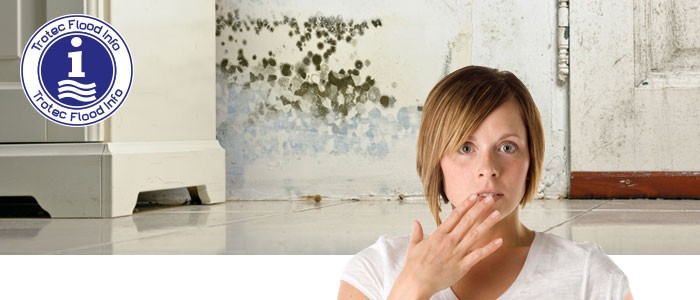
Category: Best Practice
Metrology, Reconstruction and Scanstruction – live in action.
Trotec Flood Info: When do I need an expert?
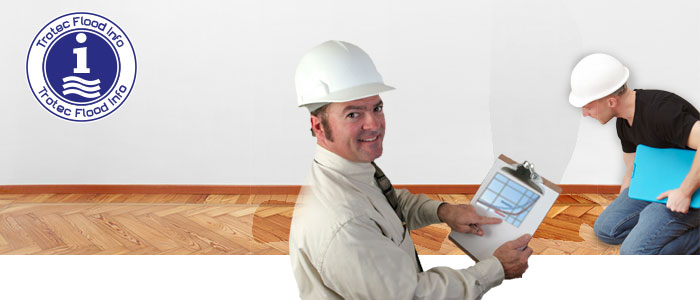
As we already explained you there are many things you can do on your own when renovating a water damage. But at the latest when insulating layers, hollow spaces or wooden floors are affected you need to ask a certified expert for advice. Even when superficial everything seems to be dry there can still be moisture under the layers.
Trotec Flood Info: The right moisture measurement after flood damages
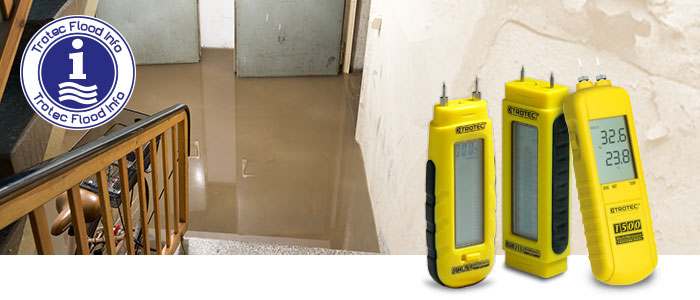
When the cellar is completely under water it is clear that it has to be dried. But what about the floors above? Can the moisture rise via the capillaries? Is the floor construction soaked? Particularly important is the question when the dehumidification will be over and when you don’t have to expect any consequential damages. Another important fact for you to know is to what extent you can make the dehumidification on your own and when it is necessary to ask an expert.
Trotec Flood Info: Should I rent or buy a drying unit?
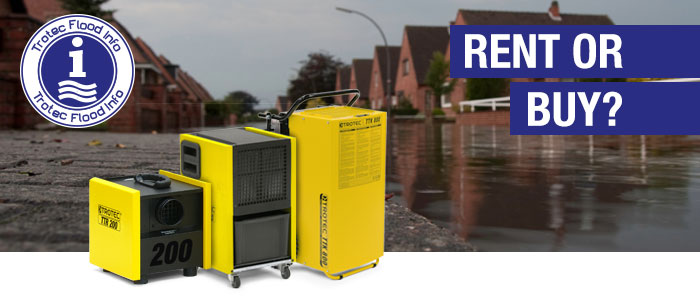
Do you manage the drying after the water damage on your own? Then the next question is if it is better to rent or buy the drying unit. Do you need it more often or just one time? Is it worth it to buy a dehumidifier because there is always humidity in your cellar or garage? In one of our last articles we already introduced some dehumidifiers to you and we explained for which room sizes each one is suitable. Today we want to explain which alternative – renting or buying – is the most advantageous for you.
Trotec Flood Info: How long does a dehumidification take?
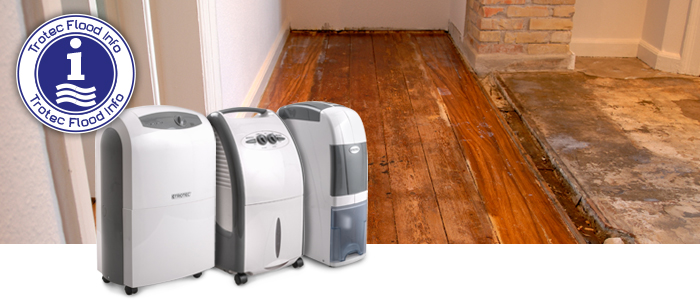
When after a flood the worst is over and the water levels get back to normal the real work just begins. Water has to be pumped out of cellars and other rooms, wet flooring like carpets, wet furniture and other inventory must be brought out of the house. One of the most frequently asked questions after floods is how long a dehumidification takes. That depends on some different factors. Among other things whether you make the dehumidification on your own or if you ask for an expert’s advice. We want to explain you when it is necessary to ask a specialist.
“Eerste Hulp Bij Ongelukken“ relies on Trotec work tents
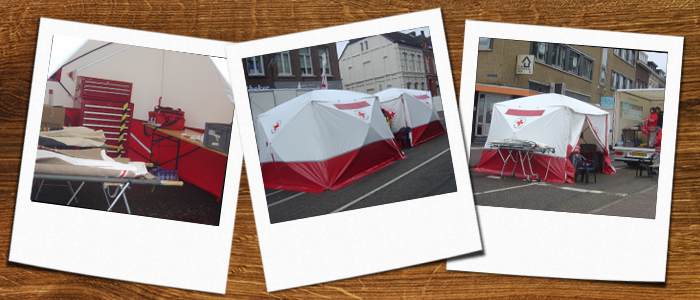
Carnival means party time and not only in Germany, the revellers parade through the streets and spread fun and cheerfulness. Like us, our Dutch neighbours also like to party and put themselves into fancy dresses.
But where many people and a great atmosphere are there can also always be scrimmages and accidents. Because of that, the Dutch Red Cross (Eerste Hulp Bij Ongelukken or short EHBO) has prepared for serious cases with tents from Trotec. Read More
Detect gas leaks quick and easy with the BG30 gas detector
The BG30 gas detector is another new and useful tool of the Trotec MultiMeasure Basic-Series. Quick detection of gas leaks is now possible with only one easy-to-use measuring device.
This gas warning meter can be used in the home as well as by a professional. Benefit from easy one-handed use and play it safe while checking your gas capsules or liquid gas bottles whether they are air-tight or not. An optical and acoustical alarm raises if the LEL (lower explosion level) has been reached. That means the BG30 gas detector warns you if the minimum gas concentration in the air has been reached in which an explosion can occur.
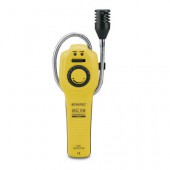 Just have a look at some technical data listed below:
Just have a look at some technical data listed below:
- Accuracy: 50 ppm
- Standard calibration: methane
- Swan neck probe: length approx. 40 cm
- Alarm threshold / Alarm level max.: 10 % UEG / 40 % UEG
- Surrounding conditions: 0 to +50 °C / 10 to 90 % RH (non-condensing)
Construction site exploration with audio frequency analysis
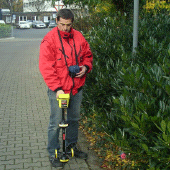 One of our customers got the task to locate conductions in the soil on the area of a clinical centre before a building project. Restructuring of the entrance and the construction of a new building had been planned. For avoiding any troubles and interruptions during the construction the precise location of all conductions in the soil – electrical power, telecommunication, water, heating, gas, oxygen, coldness – had to be located and determined. For this purpose the company used the audio frequency analysis.
One of our customers got the task to locate conductions in the soil on the area of a clinical centre before a building project. Restructuring of the entrance and the construction of a new building had been planned. For avoiding any troubles and interruptions during the construction the precise location of all conductions in the soil – electrical power, telecommunication, water, heating, gas, oxygen, coldness – had to be located and determined. For this purpose the company used the audio frequency analysis.
The origins and endpoints of the different conductions were known, but nobody knew how they proceeded in the ground. Under usage of an emitter all conductions had been transmitted actively with a frequency one by one and with the help of the audio frequency analysis all conductions in the study area had been located concerning their location, course and depth. The determined course of the conductions had been marked on the surface of the area, documented by an orthonogal measurement and finally assigned into a site plan.
Because of the audio frequency analysis the different conductions could be located on the construction site and the early resulting documentation of the actual state could ensure a high planning security.

